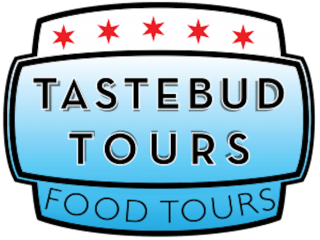Discover the Best Time to Visit New Orleans for Food Tours and Culinary Experiences
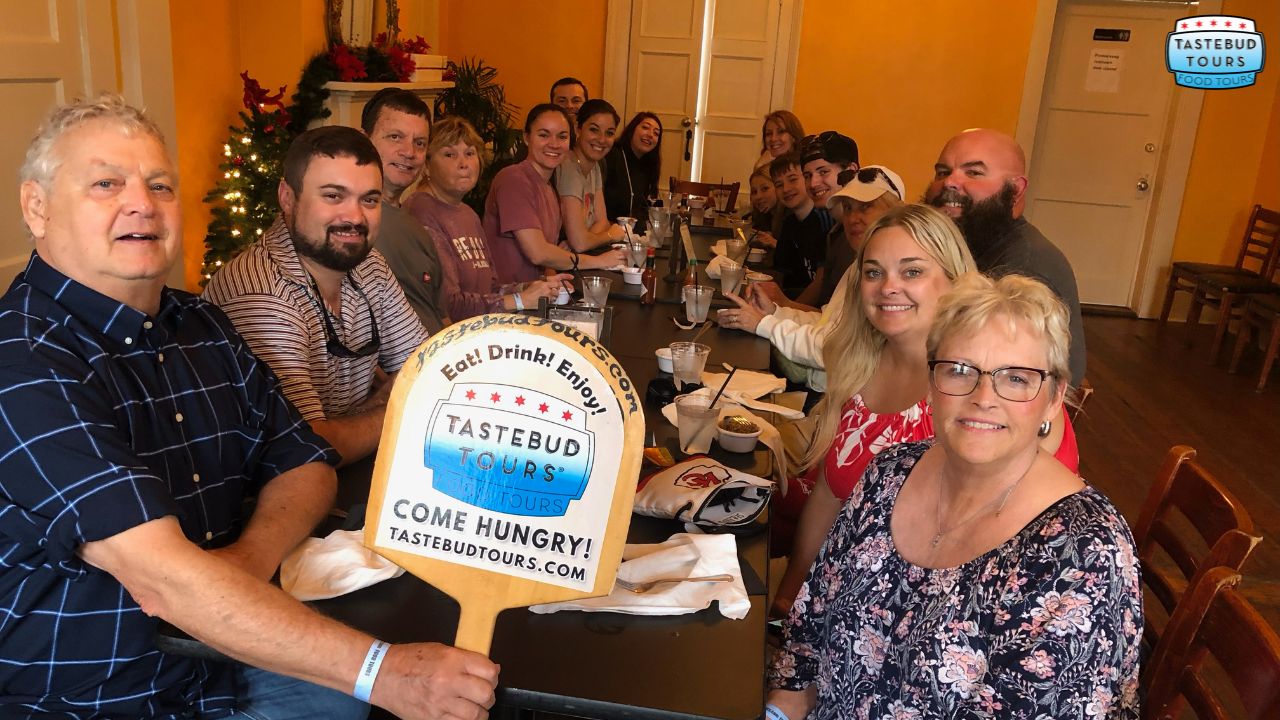
Get ready to explore flavors that are as bold, rich, and vibrant as the city itself. To experience the city fully, planning the best time to visit New Orleans for food tours is important.
Enjoy your time exploring the historic streets by pairing your visit with private food tours. From casual bites at local cafes to gourmet experiences, the city has something for every food lover. You can have a personalized, organized itinerary to ensure you visit all the important sites.
Spring: Perfect Weather for Food Exploration
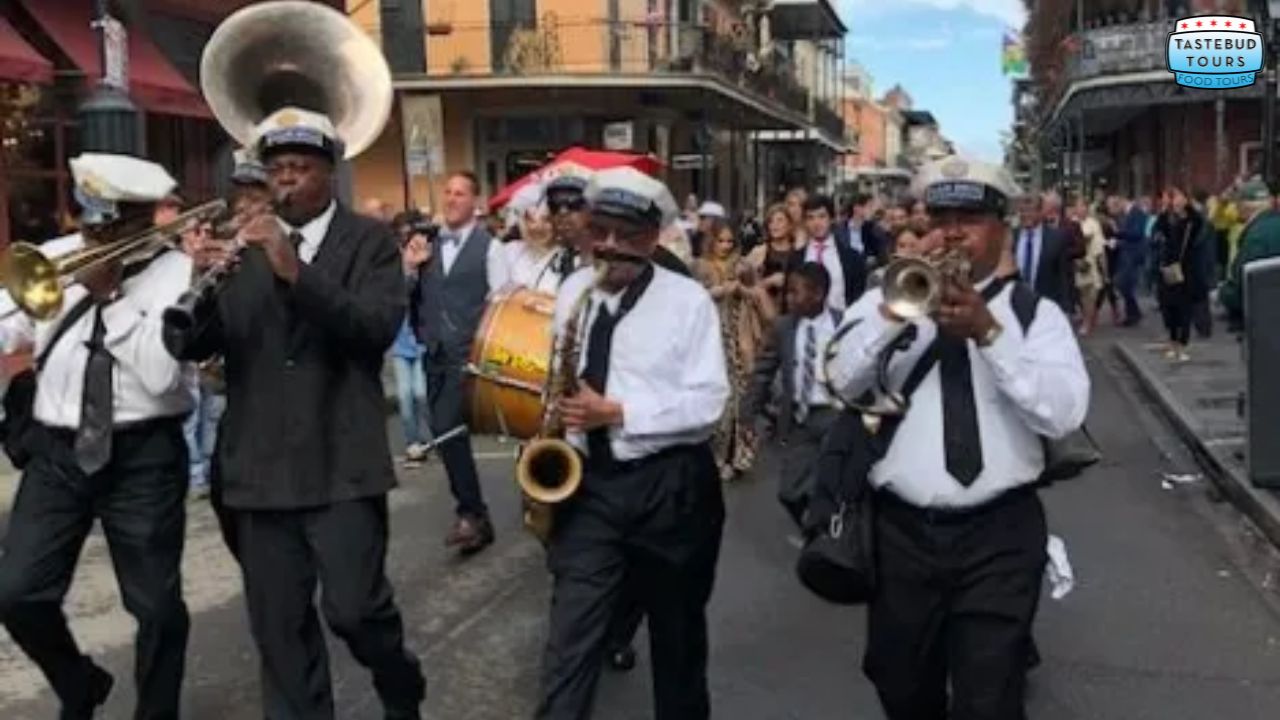
Springtime is usually the fun-filled time of the year where you have warm weather, usually between 65–80°F (18–27°C). This period is ideal for walking food tours and exploring outdoor markets.
Spring comes with a lot of seasonal ingredients, like fresh seafood from the Gulf Coast, which is at its finest, including shrimp, oysters, and crab.
Leafy greens, such as kale and collard greens, are tender and packed with flavor. Herbs at their peak, like basil, thyme, and parsley, are abundant, adding natural freshness to every dish.
Farmers’ markets, such as Crescent City Farmers Market, provide fresh local produce and unique culinary items. This time of the year makes spring the perfect time for private food tours that highlight seasonal flavors and authentic New Orleans cuisine.
Mardi Gras Season: Food and Festivity Combined
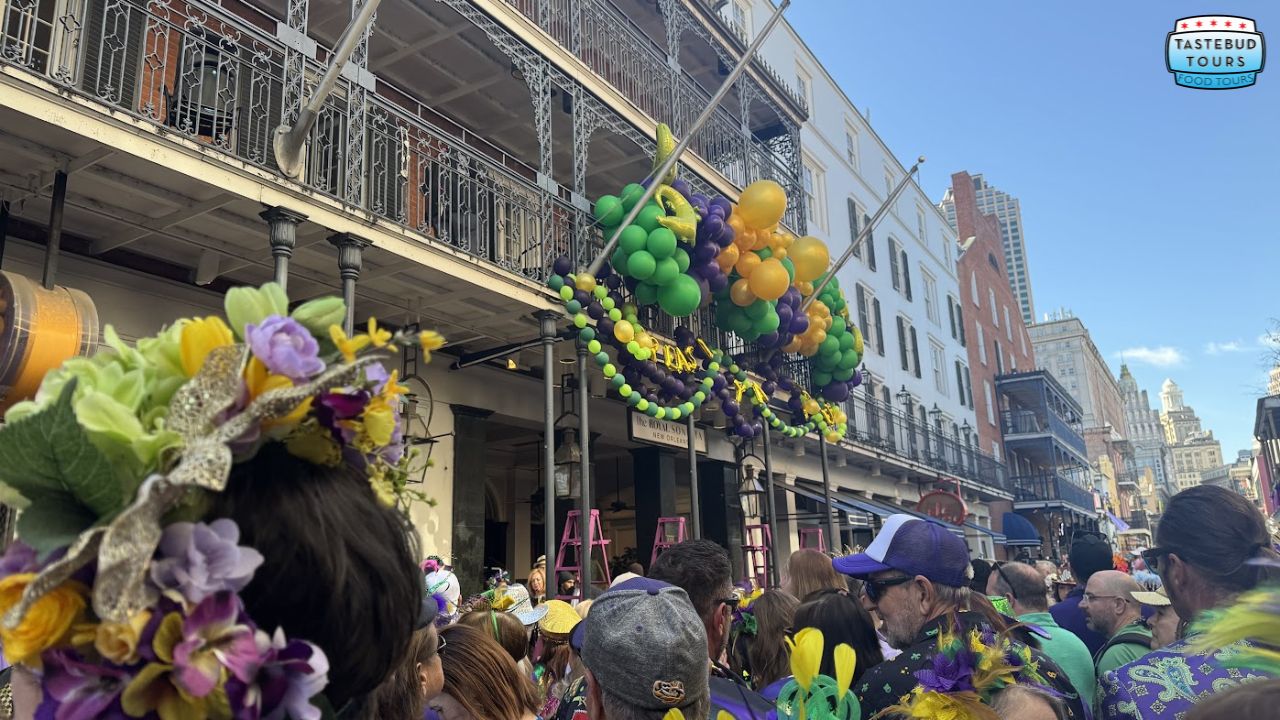
February through early March is Mardi Gras time, a unique experience for food lovers. If you’re looking for the time to experience heartfelt traditional dishes, then you should attend the Mardi Gras.
You can experience the local dishes, like king cake, jambalaya, po’boys, and crawfish étouffée, which are local favorites on menus across the city. Street vendors and historic restaurants come alive, offering both authentic flavors and vibrant energy.
If you’re interested in experiencing the best food-tasting experience with expert guidance during this season, you can opt for the New Orleans Seafood and History Food Tour.
Fall: Mild Weather and Seasonal Flavors
During fall, you can expect mild temperatures between 70 and 85°F (21–29°C) from September to November. The season is perfect for harvest-inspired dishes, including pumpkin, pecans, and fresh seafood.
Food festivals like the New Orleans Oyster Festival combine live entertainment with culinary experiences. Gumbo, red beans, and smoked meats are at their finest during this time.
Fall is excellent for visitors who want a mix of outdoor dining, seasonal menus, and lively street experiences.
Summer: Seafood and Warm Nights
June through August can be hot and humid, with temperatures around 80–92°F (27–33°C). Summer is ideal for tasting fresh shrimp, crab, and oysters straight from local markets.
Early mornings and evenings are best for tours to avoid extreme heat. Many restaurants offer chilled seafood platters and creative Creole dishes, perfect for adventurous food lovers. Summer also features pop-up events and music festivals, making food exploration fun and dynamic.
Winter: Cozy Comfort and Traditional Flavors
December through February, with temperatures between 50–65°F (10–18°C). This is the best time to try on the highlights of hearty dishes like gumbo, étouffée, and slow-cooked stews.
In the winter, when the holidays are around the corner, you can enjoy food tours that focus on local traditions and seasonal sweets like pecan pralines and King Cake.
Restaurant Week also offers multi-course meals at affordable prices, giving visitors an authentic experience. Cold weather makes it perfect for indoor tastings, private food tours, and cozy dining spots.
Tips for Planning Your Culinary Trip
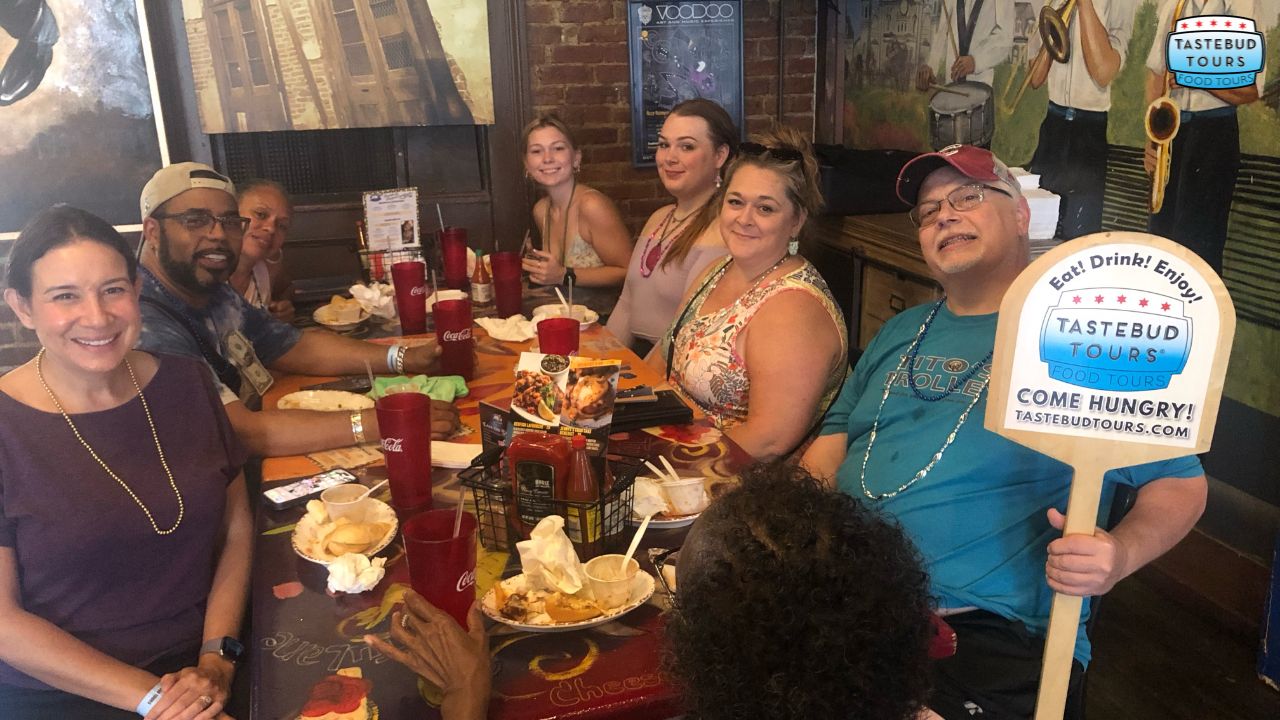
To make the most of your visit, check festival schedules, seasonal menus, and local hotspots. Areas like the French Quarter, Garden District, and Bywater are excellent for both guided tours and self-exploration.
For a more profound experience, you can opt for cooking classes and hands-on experiences with the Craft Cocktail Class with Brunch by Briquette. Learning to make beignets, gumbo, or jambalaya adds value to your culinary adventure.
Midday and evening tours allow visitors to enjoy meals comfortably and experience the city’s full culinary range.
Conclusion: Choose the Best Time for Your Food Tour
Each season brings something special to New Orleans; if you’re looking for the best time to visit New Orleans for a food tour, then you need to have an itinerary that suits your needs and the season that you are comfortable with.
If you want to have fun engaging in a lot of outdoor activities, then spring is the best time. Spring offers fresh ingredients and vibrant outdoor activities. Mardi Gras is the time when you can experience the festive street flavors and experience the lively energy.
During the summer, you can enjoy the highlights of seafood and pop-up events. Winter offers cozy meals and traditional sweets.
You can discover hidden gems and authentic flavors if you pair your visit with private food tours. Plan your trip around these perfect times, you will have a memorable and delicious time in New Orleans.
